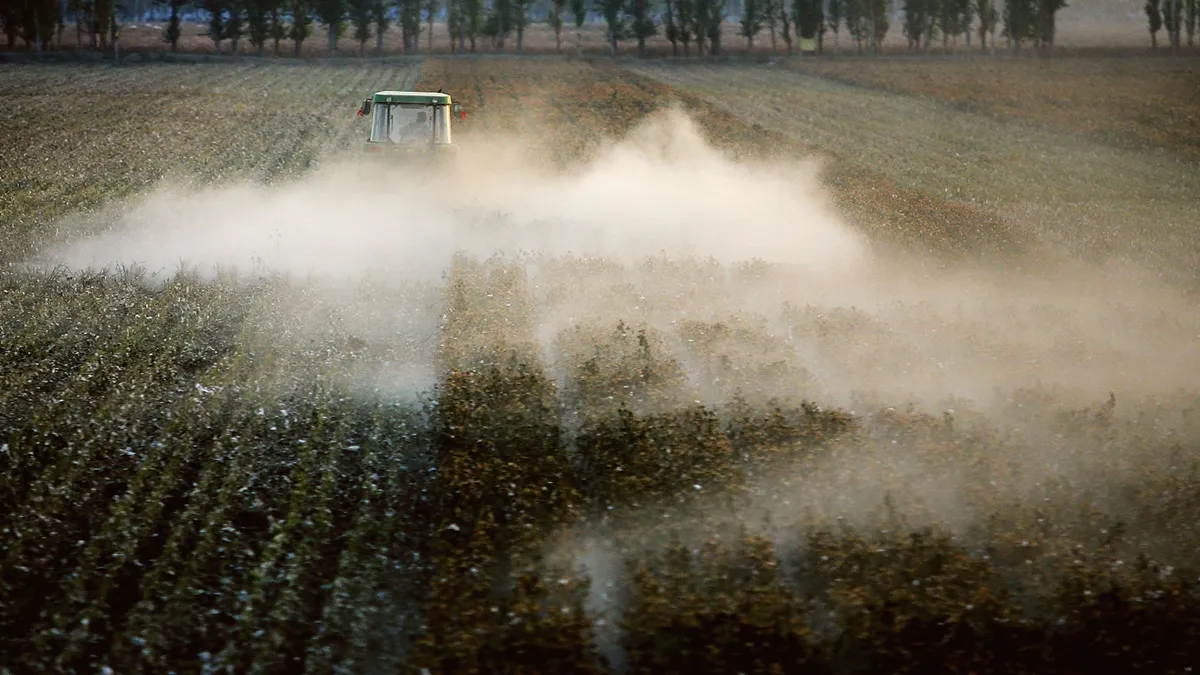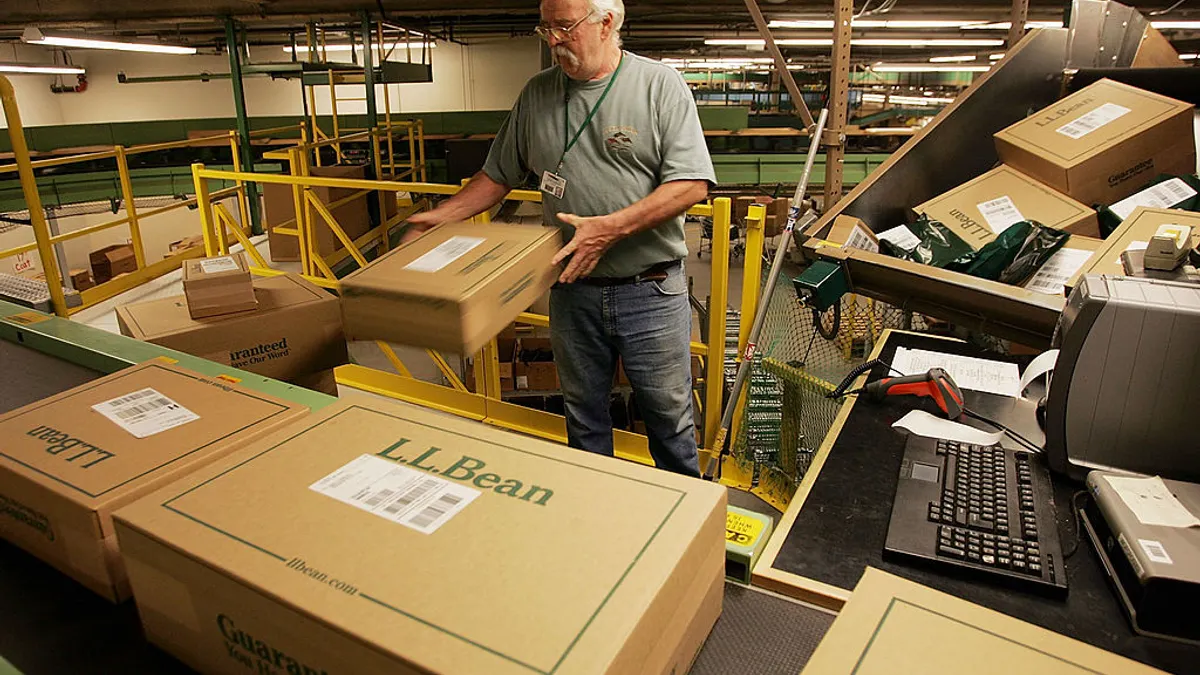Dive Brief:
- Garments and textiles are some of the most at-risk products of being manufactured with forced labor, according to the 2023 Global Slavery Index from Walk Free.
- These products are also among those that G20 nations spend the most money importing.
- Forced labor concerns have been top of mind in the fashion industry, as some key players have come under pressure from lawmakers to disclose their materials’ sourcing.
Dive Insight:
Walk Free released its 2023 Global Slavery Index on Tuesday, which estimates the amount of people living in slavery, government responses to the issue and slavery’s role in the production of items.
The Index found that garments and textiles, some of the fashion industry’s key components, were at-risk of being manufactured using modern slavery.
Modern slavery risks are seen at each level of garment supply chains, the report states, including growing and producing raw materials, processing these to inputs and manufacturing.
The production of raw materials such as polyester, rubber, wool, silk and leather, has been linked to forced labor, and the report points to silk cocoon cultivation in particular as being tied to forced labor in Uzbekistan. In Myanmar, children have experienced forced labor conditions on rubber plantations.
Cotton has a long history of being tied to slavery, and the report notes that its production is still prevalent in modern slavery. Forced labor has been part of the process in varying ways to make cotton in Benin, Burkina Faso, China, Kazakhstan and elsewhere, the report states.
The forced production of cotton and other materials in China’s Xinjiang province led the United States to pass the Uyghur Forced Labor Prevention Act in 2021, which bans products from the region over forced labor concerns. Prior to the Act, Bloomberg reported that fast-fashion giant Shein had used cotton from the region.
Fibers sourced from multiple countries are combined into singular fabric at textile mills, according to the report, which makes tracing the exact origins of a finished product difficult and complicated. It added that the manufacturing of garments also poses risks for forced labor, as workers are exposed to long hours and low wages.
“In practice, brands trying to cater to rapidly changing consumer preferences often make unrealistic demands of their suppliers, such as insisting on lower costs and faster delivery times,” the report states. “In turn, this pressure incentivises suppliers to reduce labour costs and increase working hours, exacerbating the risk of labour abuses within a supply chain.”
G20 countries imported $468 billion worth of goods that pose such a risk in 2021, according to the report. G20 countries spent $147.9 billion on importing garments in 2021, second only to the amount spent on electronics at $243.6 billion. Textiles rank fifth on the list, with $12.7 billion. The U.S. spent the most on importing garments and textiles. It imported $52 billion in garments in 2021 and $4.8 billion in textiles.
“Although the highest prevalence of forced labour is found in low-income countries, it is deeply connected to demand from higher-income countries,” the report states. “The production and movement of goods between countries — from the sourcing of raw materials to manufacturing, packaging, and transportation — creates complex and opaque supply chains, many of them tainted with forced labour.”












